Generally speaking, I don’t like fall. Why? It precedes winter — which is a long, cold, nongrowing, nongardening season that seems to stretch on forever.
However, I do enjoy some of the pretty colors and flowers of fall, particularly wild asters. The tiny, purple (both dark and light purple) and white flowers pop up everywhere and make the gardens appear to be starting a new life just before winter.
As I gaze forlornly at the fields of sunflowers, their heavy heads bent in supplication, resigned to the fact that summer is over and winter is coming, I marvel at the puffy projections of white and purple scattered all around.
The sedum is finishing its last hurrah of brilliant pinks and burgundy reds. The dark-eyed Susan heads follow the saddened state of the sunflowers, and the gladioli and roses have dropped their last petals, but color abounds in these tiny, wild aster delights.
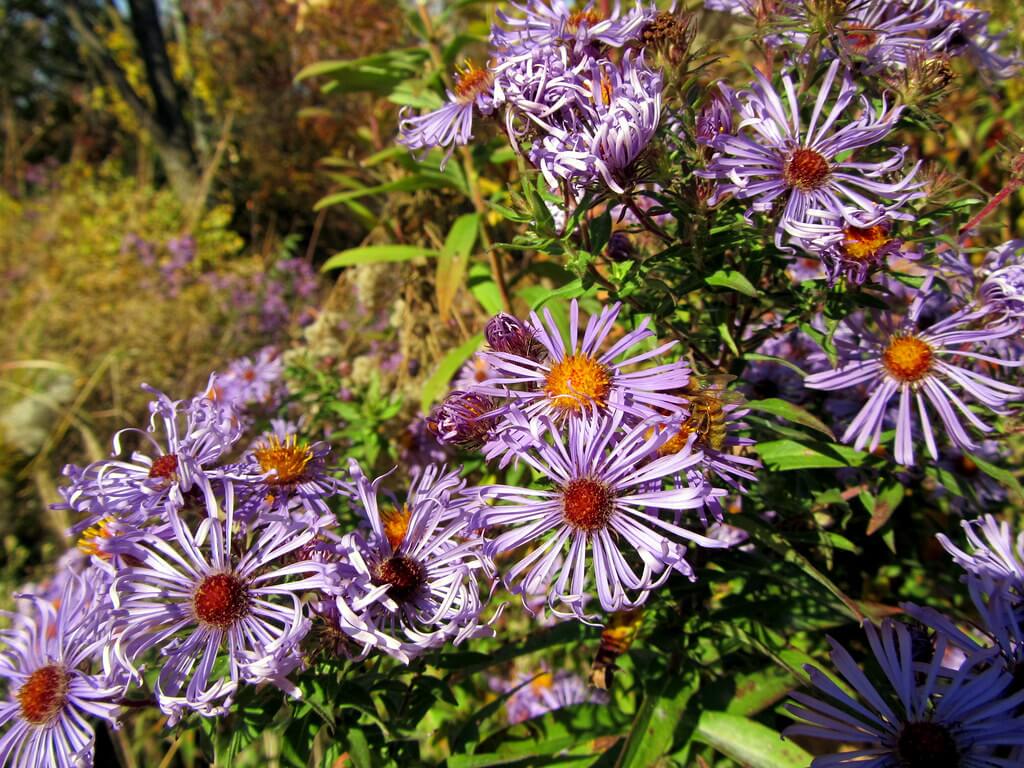
I hate to remove any of them from their natural habitat, but there are so many that a few harvested for floral arrangements won’t diminish their prolific nature. I hang them in bunches, upside down in my shed, and allow them to dry for wreaths and flower arrangements. It’s well worth the effort. The aroma as they dry out is delightful.
Related Post: Homestead Stories: My Great-Grandfather’s Gladiolus
Interestingly, the word “aster” comes from Greek which refers to multicolored, star-like blooms which adequately describe these charming wonders. They are some of the last blooming flowers of summer, and the floral harbinger of autumn.
Wild asters are hardy plants, often coloring the landscape where other blooms have given up for the season, withered, and died. Also known as starworts or frost flowers, the Aster genus includes around 600 species and they’re prolific in North America and southern Europe.
I love to collect bunches and use them in dried flower arrangements. I also bring fresh bunches inside and place them in a vase to cheer up the indoors when my gardens have little left to give.
Edible and Medicinal Uses for Wild Asters
These little charms have edible and medicinal* uses as well. The root of wild asters can be added to soups and are believed to have significant medicinal benefits. The Chinese have used the root for centuries as an herb to relieve lung conditions like coughing and wheezing. It has a bittersweet flavor.
The leaves and flowers of wild asters are also edible and considered beneficial to one’s health. Combined with bloodroot, aster makes a good laxative. An infusion of wild asters eases headache symptoms. The flowers and leaves can be eaten fresh or dried in salads or cooked lightly and served like spinach.
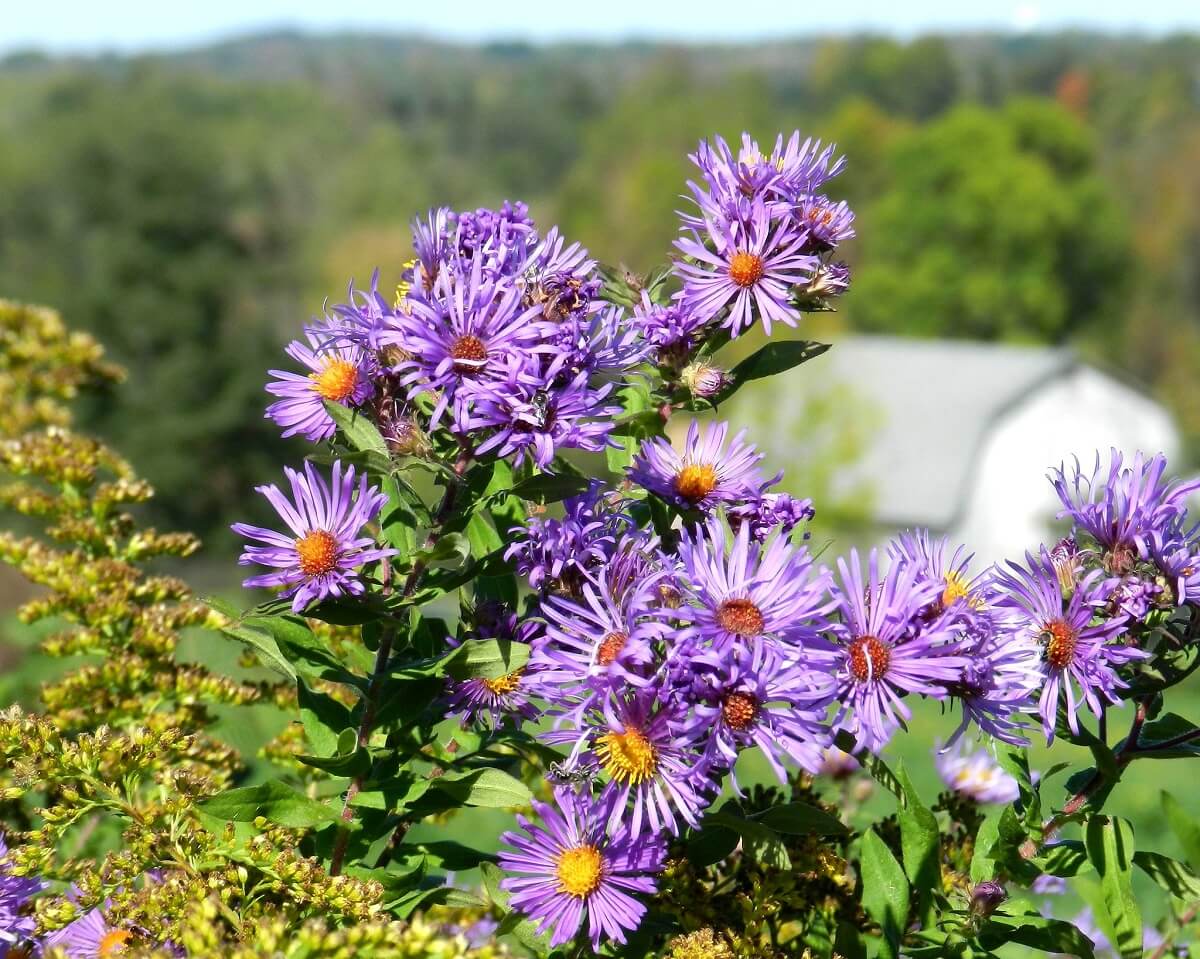
Although not commonly harvested for edible purposes, wild asters do well in teas, salads, and as a garnish. They should be harvested while in full bloom, preferably in the early morning once the dew has dried.
Related Post: Edible Flowers
For dried aster flowers or dried herbs, hang them upside down as you would do with other herbs, and allow to fully dry before crumbling into a light powder. Store in a sealed container for up to a year.
* Note that using any herb for medicinal purposes should only be done with the consultation of a professional.
Other Aster Varieties
Wild asters are prolific, their tiny seeds scattering far and wide by the wind. There are many kinds of asters. Here’s a list of my favorites.
Lindley’s Aster
Lindley’s aster (Symphyotrichum ciliolatum or Aster ciliolatus) is found in woodlands and at the edge of forest areas. The plant can be quite tall, usually about 3 feet in height, with one central flower stalk, and a few light to medium blue, heart-shaped leaves. With all the wooded areas on and around my property, it is the most common aster in my immediate area.
Many-Flowered Aster
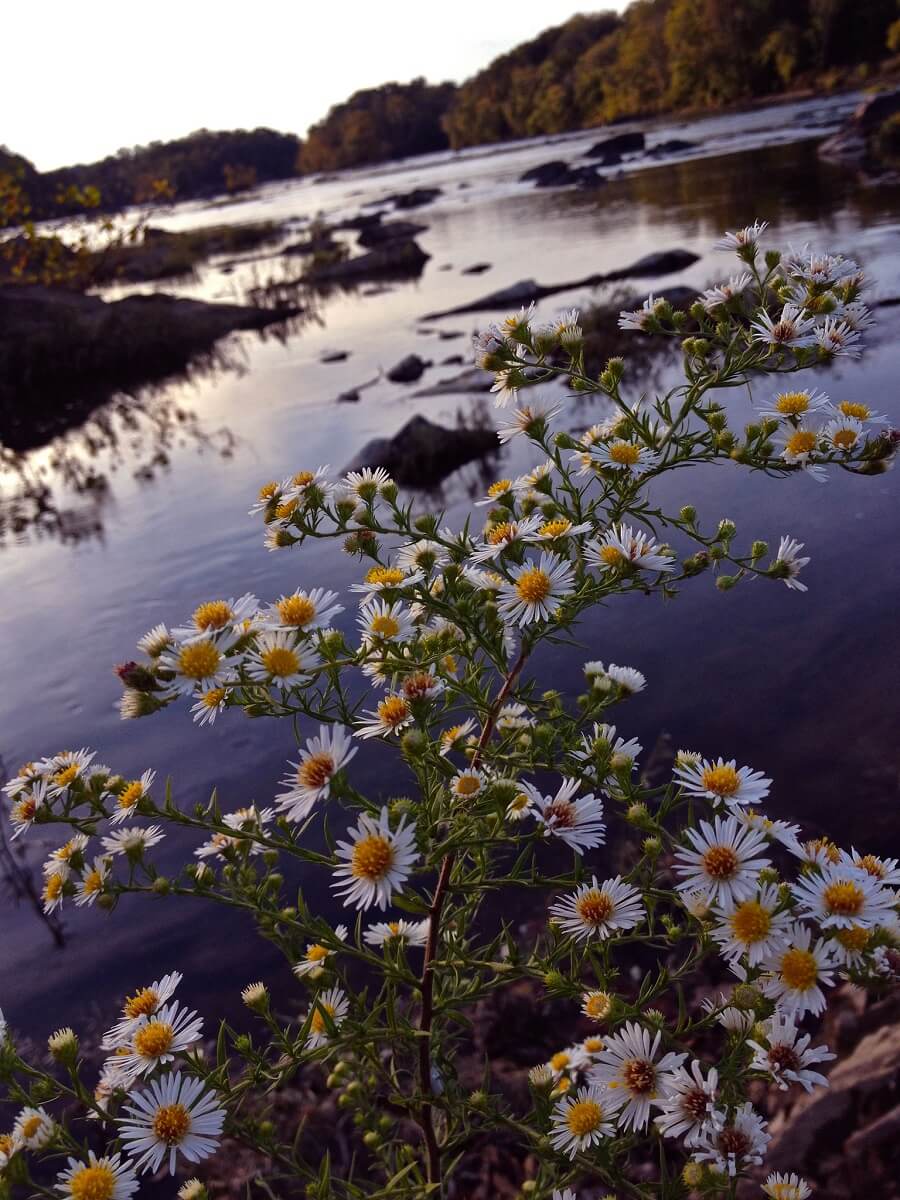
Many-flowered aster (Symphyotrichum ericoides or Aster ericoides) is a grassland plant that’s prolific in meadows and ditches. It grows low, spreading out with many branches and tiny leaves. The flowers are also tiny (less than an inch), white, and clustered all along the short stems. The ditches along my country road are full of these asters.
Willow Aster
Willow aster (Symphyotrichum praealtum) is found along edges of wetlands. It’s also a tall-growing aster, though not as tall as Lindley’s aster. The flowers are white or pinkish and cluster near the top of the leafy stalks. The long leaves look like willow leaves, hence its name. My area is too dry for this aster, sadly.
Smooth Aster
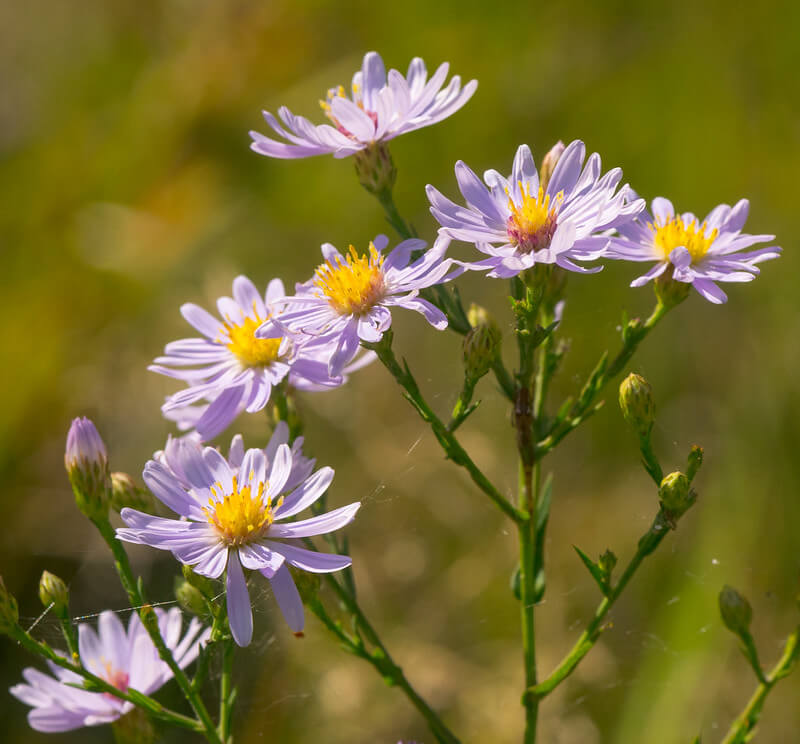
Smooth aster (Symphyotrichum laeve or Aster laevis) is another grassland species, also found along roadsides. Pale blue flowers grow in bunches on several leafy stalks.
New England Aster
New England aster (Symphyotrichum novae-angliae or Aster novae-angliae) is another species found at forest edges. Very tall (can be 5 feet) with large bluish-purple flowers, and very showy. I’ve seen some of these growing in bunches along the forest edge — absolutely spectacular. These asters have a lovely, spicy aroma when drying.
Asters are short-lived and when they’re done, you know winter is almost upon you. What you don’t harvest, can be left standing over the winter so the seeds can spread and provide you with an even more spectacular floral display the next fall. For now, I’m going to enjoy the colorful spread of wild asters until winter arrives.


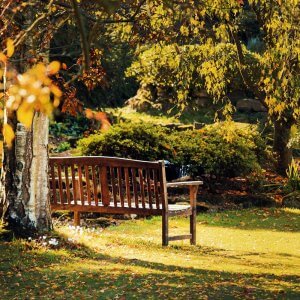

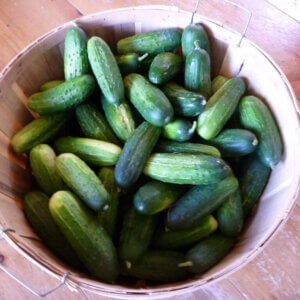
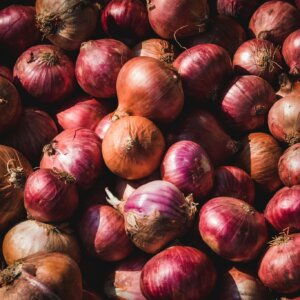



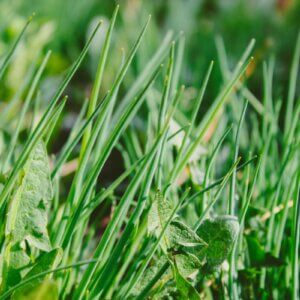

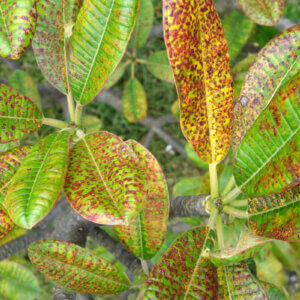







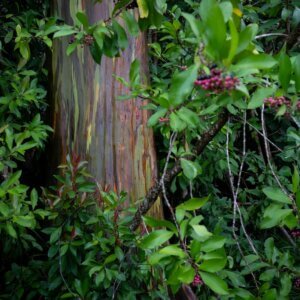
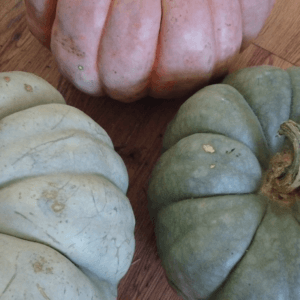

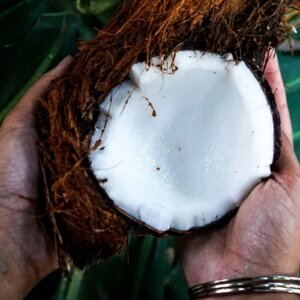


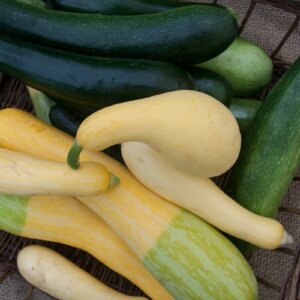


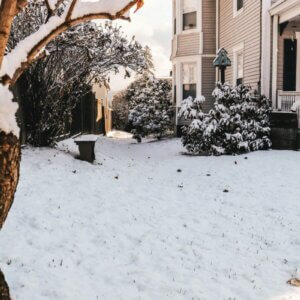
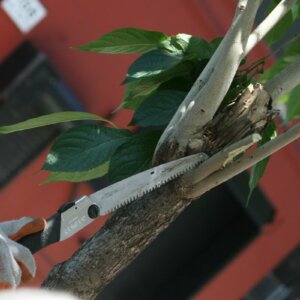

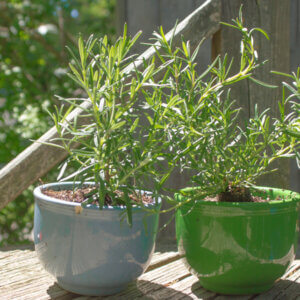
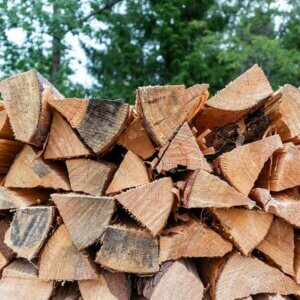


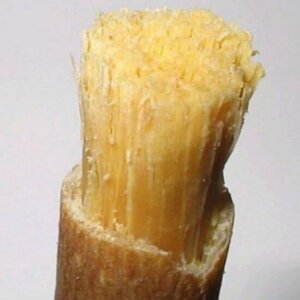

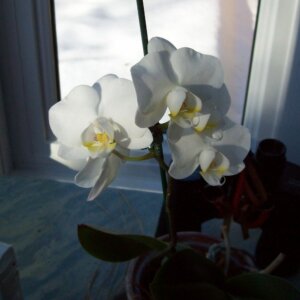

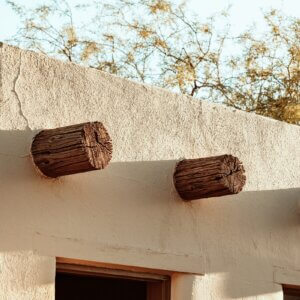

Hello Emily-jane. At the very top of this page of is a photograph of an aster that looks like the one whose scientific name I’m trying to find. Do you know what that one is, please and thank you? The aster I’m trying to identify is found in meadows, is low to the ground and the flower has about 22 – 25 petals. The stamens are yellow, and when they unfold, forma a ring around the pistils that turn a purplish yellow as the flower ages. The leaves are roughly toothed, broad in the center, tapering at apex and base, and there is no petiole, they attach directly to the stem (clasping base). Thank you! ~Deb